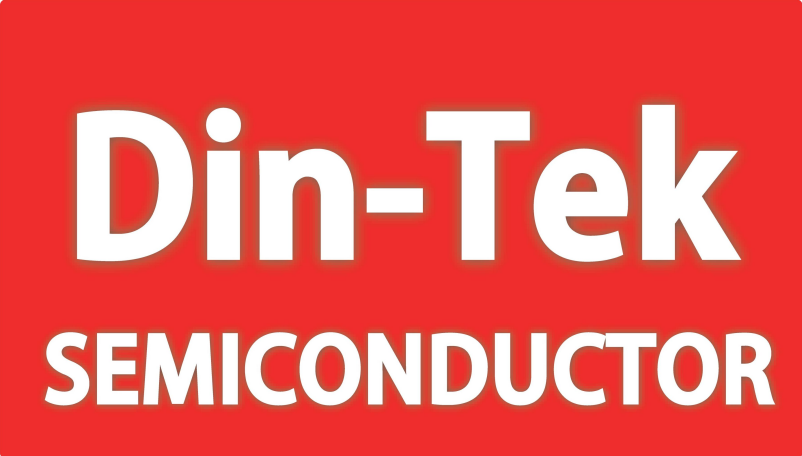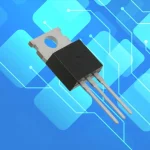In the design of motor drive systems, MOSFETs serve as critical switching components, and their selection directly impacts the performance and reliability of the system. Designers need to pay particular attention to two key parameters: the input capacitance (Ciss) and the threshold voltage (VT).
Firstly, the input capacitance Ciss plays a crucial role in absorbing voltage spikes within the circuit. When the motor experiences voltage transients or interference signals during operation, a larger Ciss can effectively mitigate these spikes, reducing the risk of damage to the MOSFET and enhancing the system’s impact resistance and stability. If Ciss is set too low, the MOSFET may not be able to timely absorb and dissipate energy during instances of sudden high voltage, leading to device failure or system breakdown, which is detrimental to the long-term safe operation of the motor.
On the other hand, the threshold voltage VT determines when the MOSFET begins to conduct. A high VT will require a higher driving voltage for the MOSFET during the switching process, resulting in a slower turn-on speed and generating more heat during high-voltage conduction. Heating issues not only reduce the efficiency of the device but may also lead to thermal runaway, affecting the reliability and response speed of the entire motor system. Therefore, VT should not be set too high; otherwise, it will increase switching losses and may cause excessive temperature rise during high-frequency switching, negatively impacting product performance and lifespan.
Since motor systems require both strong impact resistance and quick switching response, it is essential to consider both Ciss and VT comprehensively during the selection process. Engineers often need to find an optimal balance between the two: ensuring that the MOSFET has sufficient input capacitance to withstand sudden voltage transients while maintaining a lower VT to realize fast turn-on and reduce heating. In practical applications, the selection strategy often relies on specific customer needs and working environments, such as load characteristics, switching frequency, and ambient temperature. Through careful evaluation and experimental validation of these requirements, the most suitable MOSFET model can be determined, thus achieving a good balance between impact resistance and switching speed, meeting the multiple demands for safety, efficiency, and durability in motor systems.
At Din-Tek Semiconductor, we specialize in MOSFET and IGBT solutions tailored to your specific applications. Our team of experts is ready to assist you in selecting the optimal components that align with your project needs. Don’t hesitate to contact us today to discuss how we can help enhance the performance and reliability of your motor drive systems. Your success is our priority!



